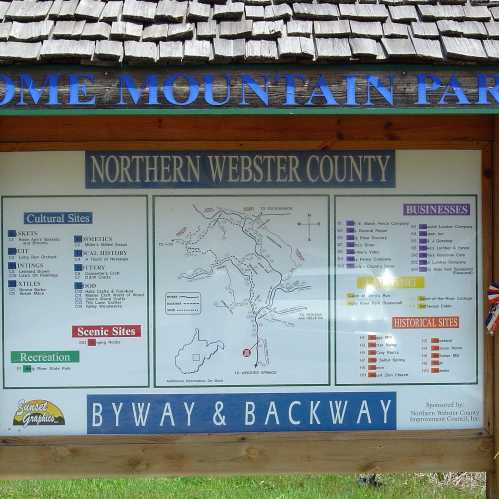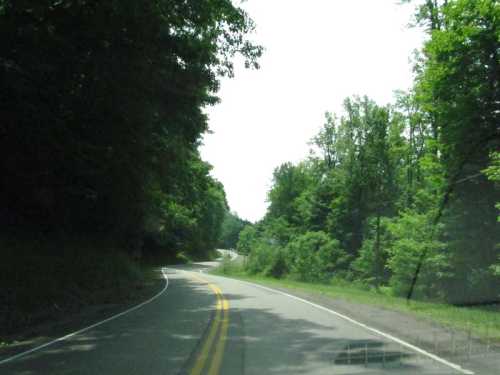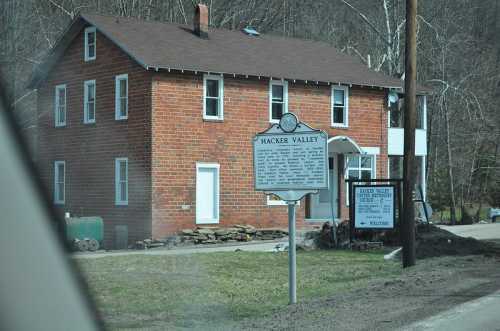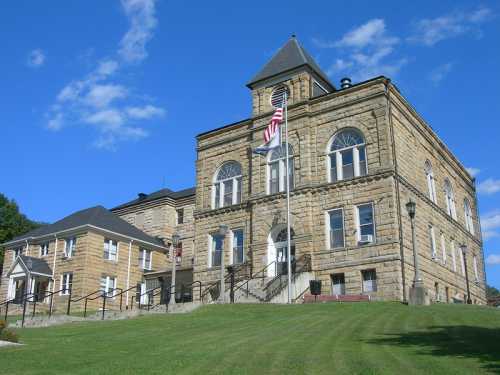No matter who you are or where you are from, your next vacation should include a stop in Thomas, West Virginia. That's a bold claim (that we've actually made before), but hear us out: it is convenient to some of the best hiking in the state (Blackwater Falls, Douglas Falls, Albert Falls, Dolly Sods), it has its own prestigious live music venue, and there are multiple excellent restaurants and shops full of beauty and local character.
And then there's the town itself: in the small mountain town of Thomas, West Virginia, there are more than 50 nationally recognized historic buildings.
You can download a free self-guided walking tour from the town's website that takes you past most of them in under a mile.
Thomas traces its heritage back to 1884 when the West Virginia Central and Pittsburgh Railroad came through the area to transport local timber and coal. Unusual for many towns of the era, Thomas was not built by a coal company but by the the people living there.
The town was hastily built due to the population boom without much thought to safety. In November 1901, nearly the whole town (81 buildings) burned to the ground in a mere couple of hours. Much more attention was given to good construction when the town was rebuilt.
In 1892 the population was 892 people, but by 1920, the town had peaked with a population of 2000 people. The employment from coal and timber drew Italian, Polish, Russian, Austrian, and Jewish immigrants. Many of the buildings show this European influence.
In 2010, the population was 586.
Many locals have embraced the rich history of their town, choosing to rejuvenate existing buildings rather than build new ones.
This historic Buxton and Landstreet building now houses a fine arts gallery.
The walking tour (downloadable from the link at the bottom of the article in a pdf form with larger print!) encompasses a short loop through downtown Thomas, past buildings that are open to the public and some that are still private residences.
Information is provided about each site, including some of Thomas's unique features. "The large stone retaining wall visible above the parking lot was built by the Works Progress Administration (WPA) and defines Thomas’s signature terraced layout. It replaced an earth slope supported by minimal wood shoring, and helped to stabilize Spruce Street. The WPA was established by the federal government in 1935 as part of the New Deal program to provide jobs during the Great Depression. The agency funded construction projects throughout the nation, including roads, bridges and state parks," one excerpt reads.
Take a stroll through these historic streets at your next opportunity and check out some of the many unique shops, restaurants, and other attractions they now house!
You can download the walking tour brochure at historicthomaswv.org. The self-guided tour is 0.7mi long and takes about 45 minutes. Have you visited Thomas? Which building is your favorite?
Subscribe to our newsletter
Get the latest updates and news
Thank you for subscribing!


























